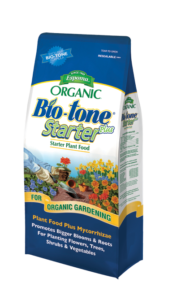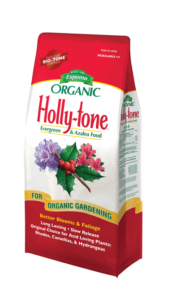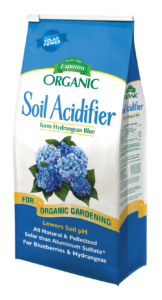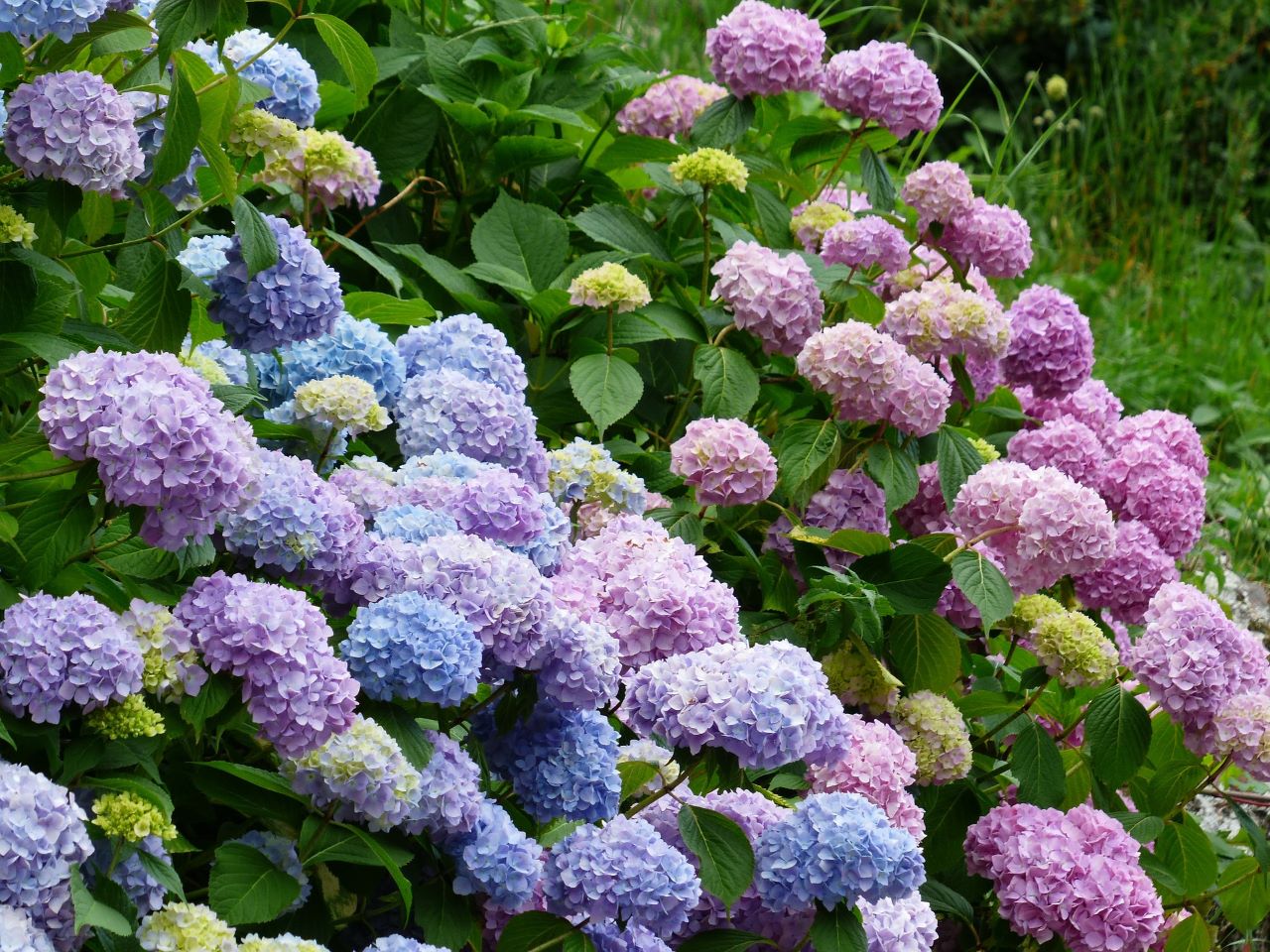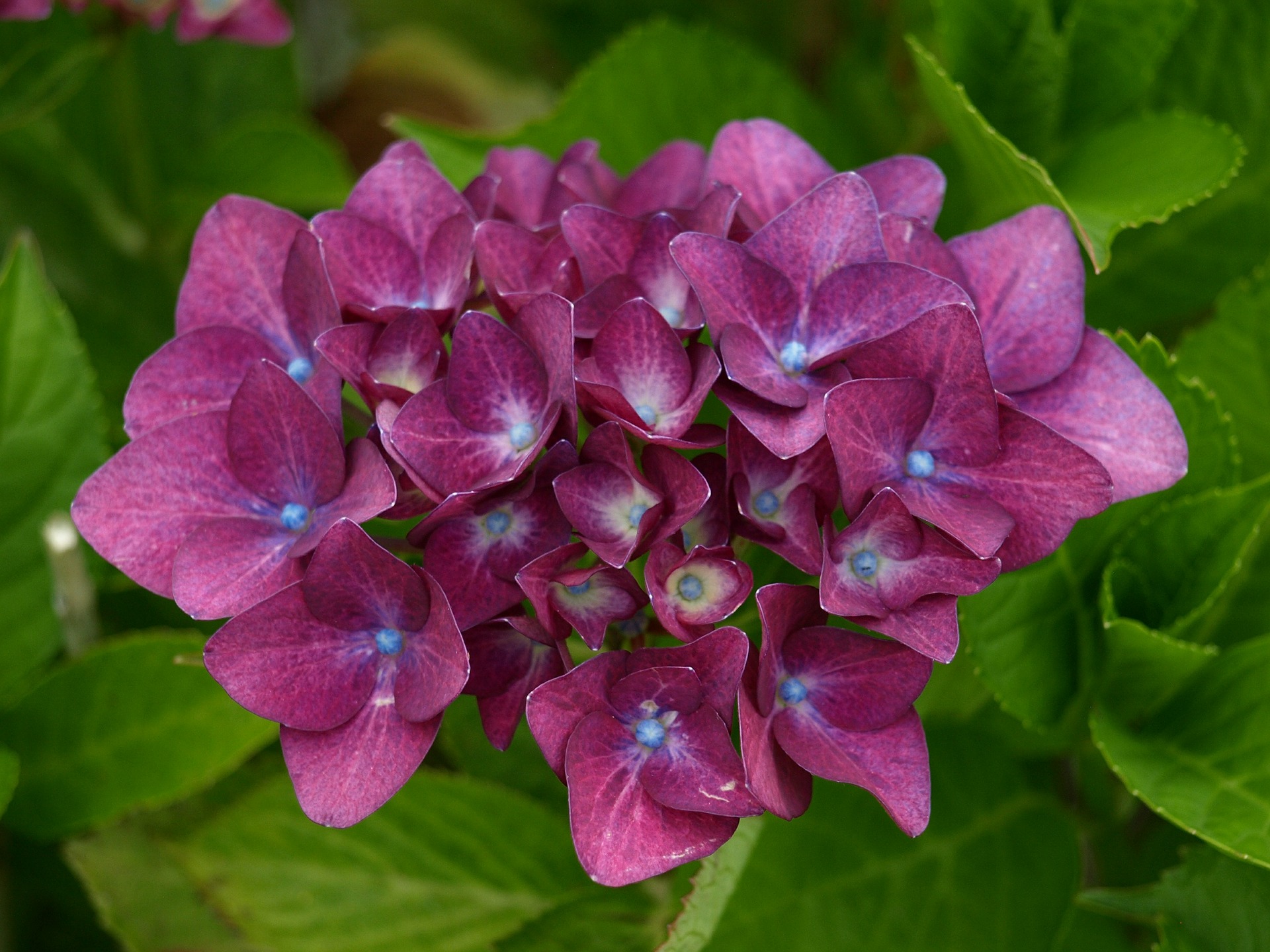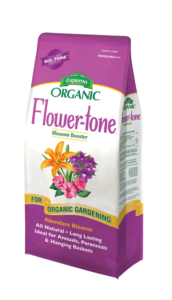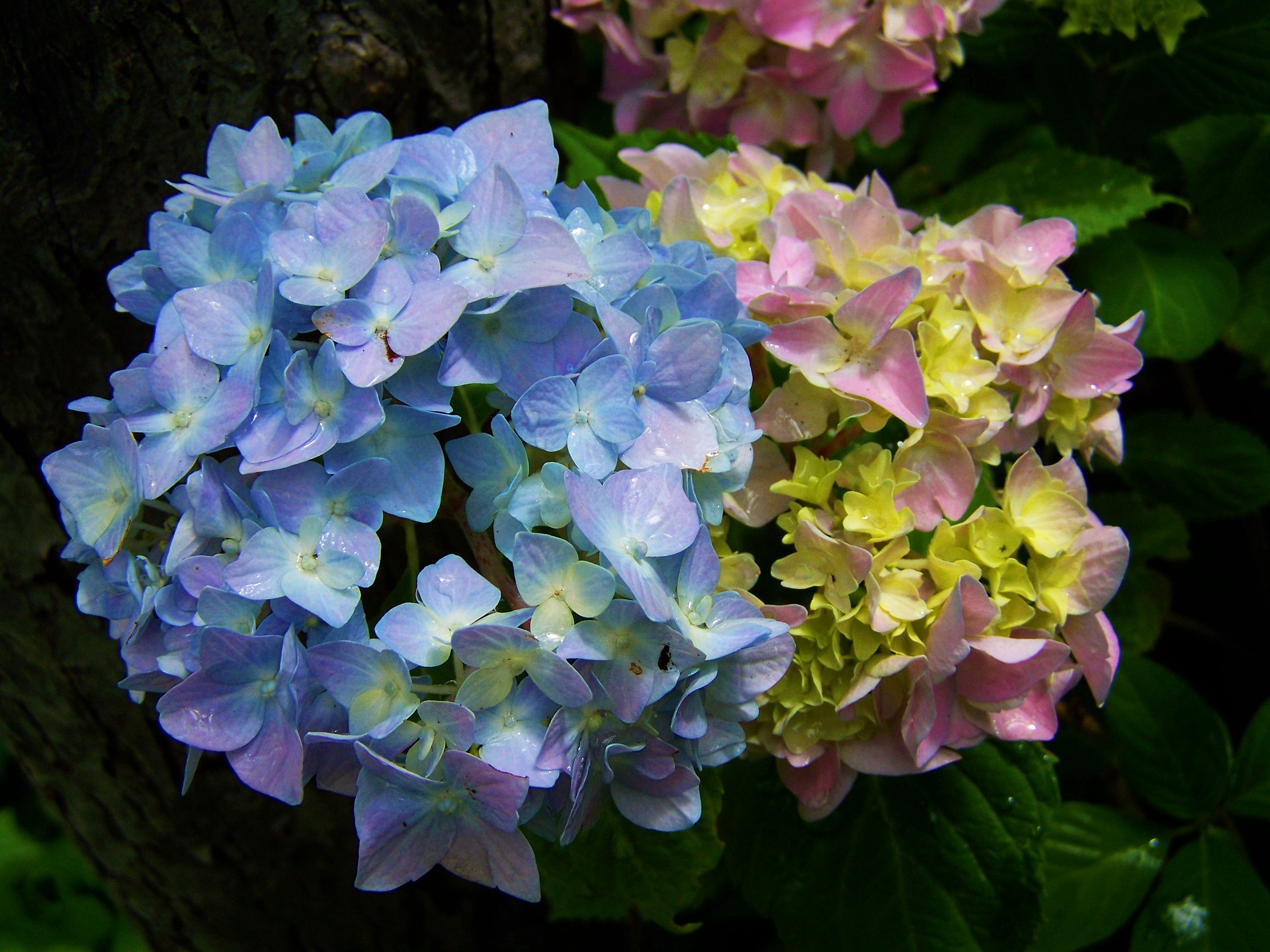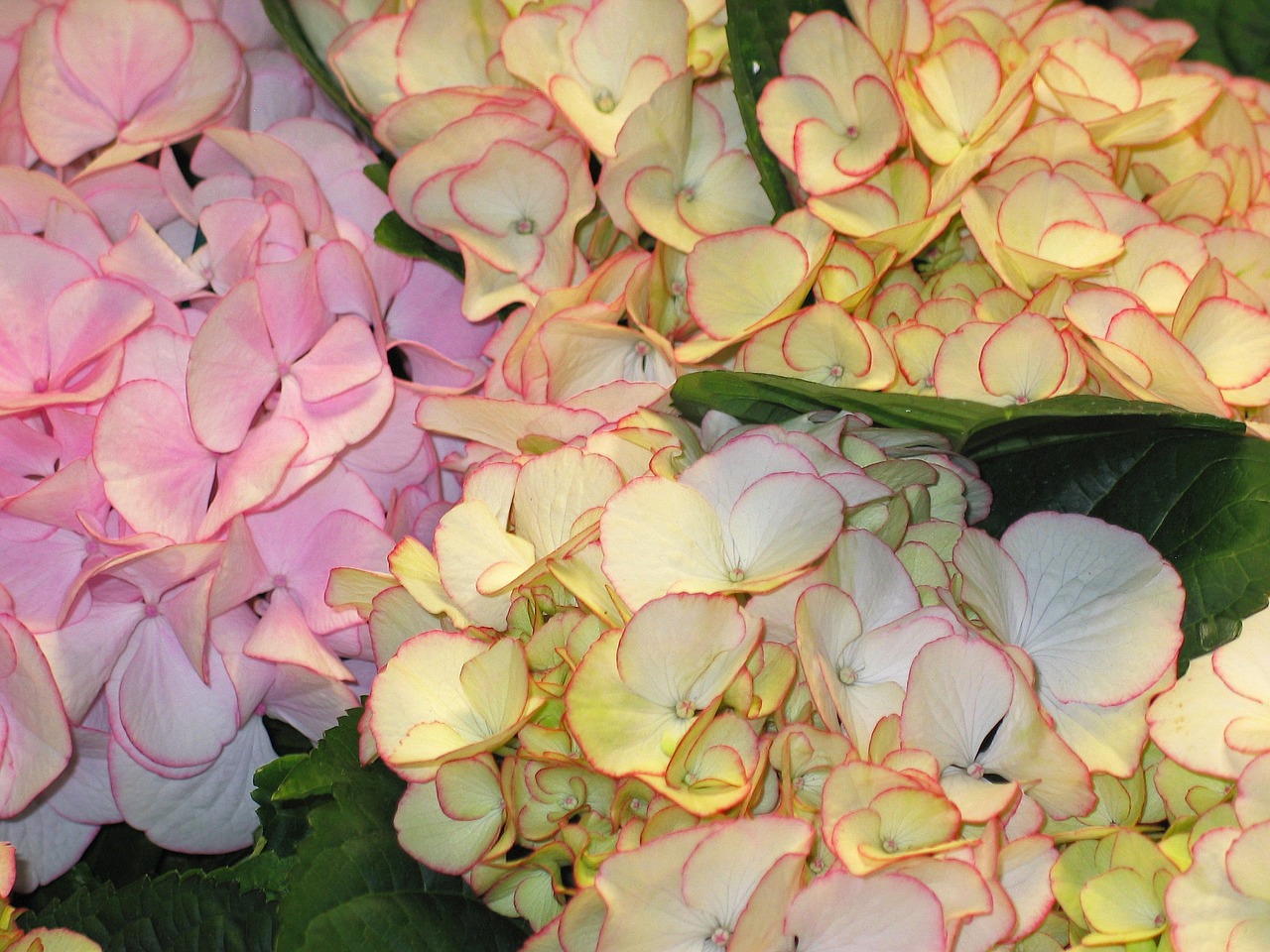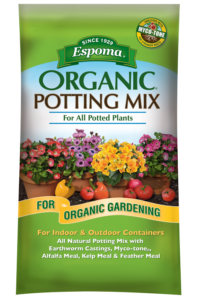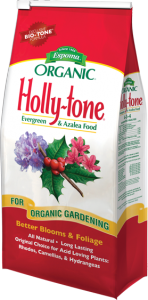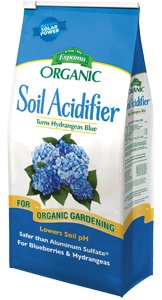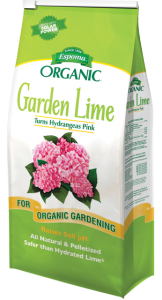Hydrangeas are supposed to be forever gorgeous! The most flawless, must-have flowers in the garden! Yet, you may see black spots on your hydrangea’s leaves. Or worse yet, blooms are turning brown!
Don’t worry.
Stick with us, and we’ll have your garden favorite looking tip-top again. Here’s how to easily fix those common hydrangea problems.
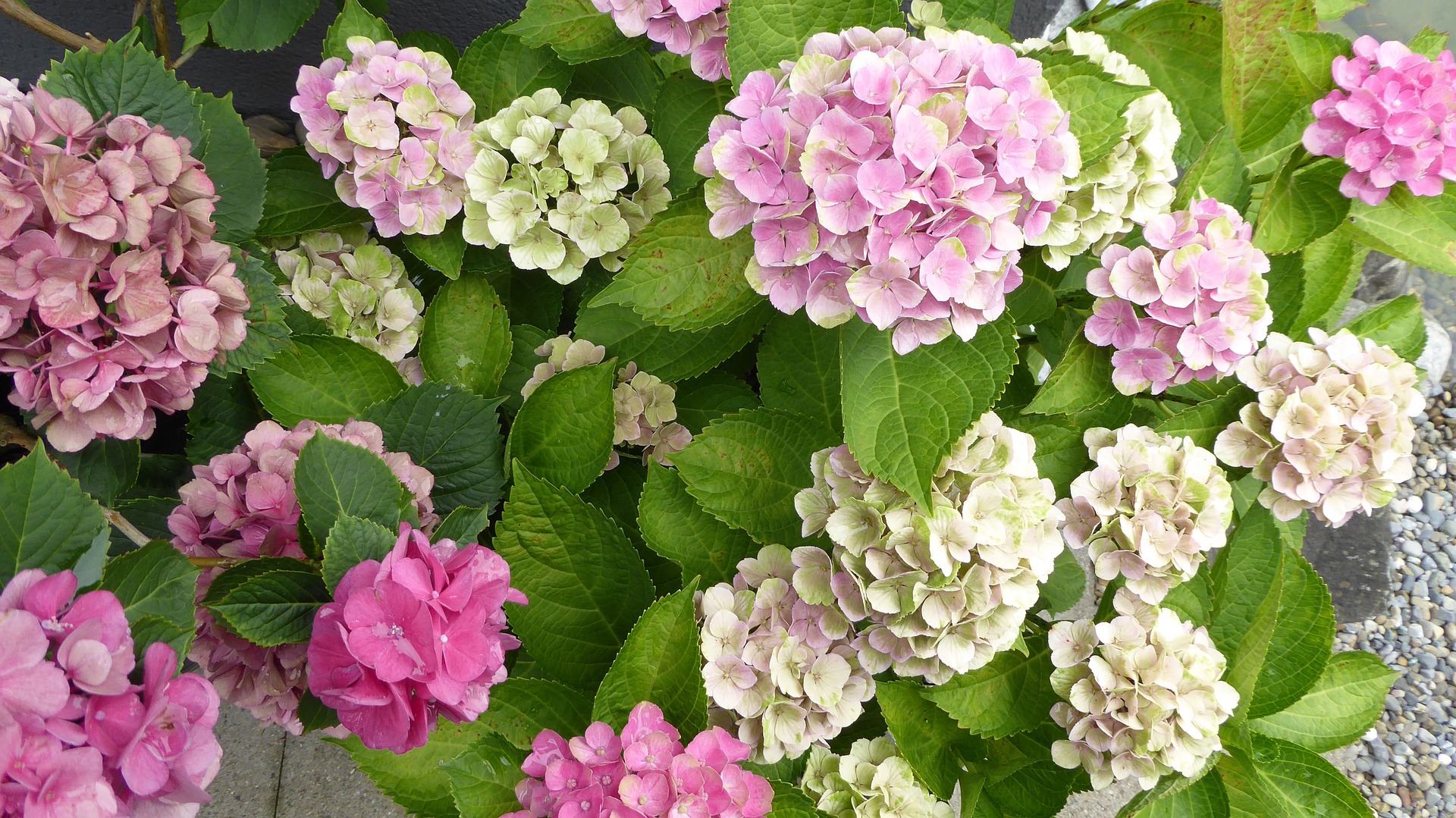
Simple Steps to (Once-Again) Stunning Blooms — How to Solve Common Hydrangea Problems
1. Not a Spot! When it’s unusually rainy (or if you’re overwatering), hydrangeas’ leaves develop unsightly, black spots. This is a pretty harmless leaf fungus with a scary name — Cercospora! Prune away heavily affected areas and spotted leaves to prevent the fungus from spreading.
2. Will to Wilt. Hydrangea blooms drooping or wilting? Most likely, your plant is soaking up too much sun and not getting enough water. Check to see if the soil is moist 1-2” deep. If not, water deeply. For best hydrangea care, repeat weekly. Add a bit of mulch to help conserve water, too. If that’s not the case, check your soil’s nitrogen levels using a soil test. Add necessary amendments.
3. Brown Blooms. If your hydrangea blooms are turning brown too soon and quickly petering out, they likely need more water. Ditto if your flowers wilt during the day and don’t bounce back at night. To confirm, look for brown spots on leaf edges. To fix, deeply water hydrangeas once a week.
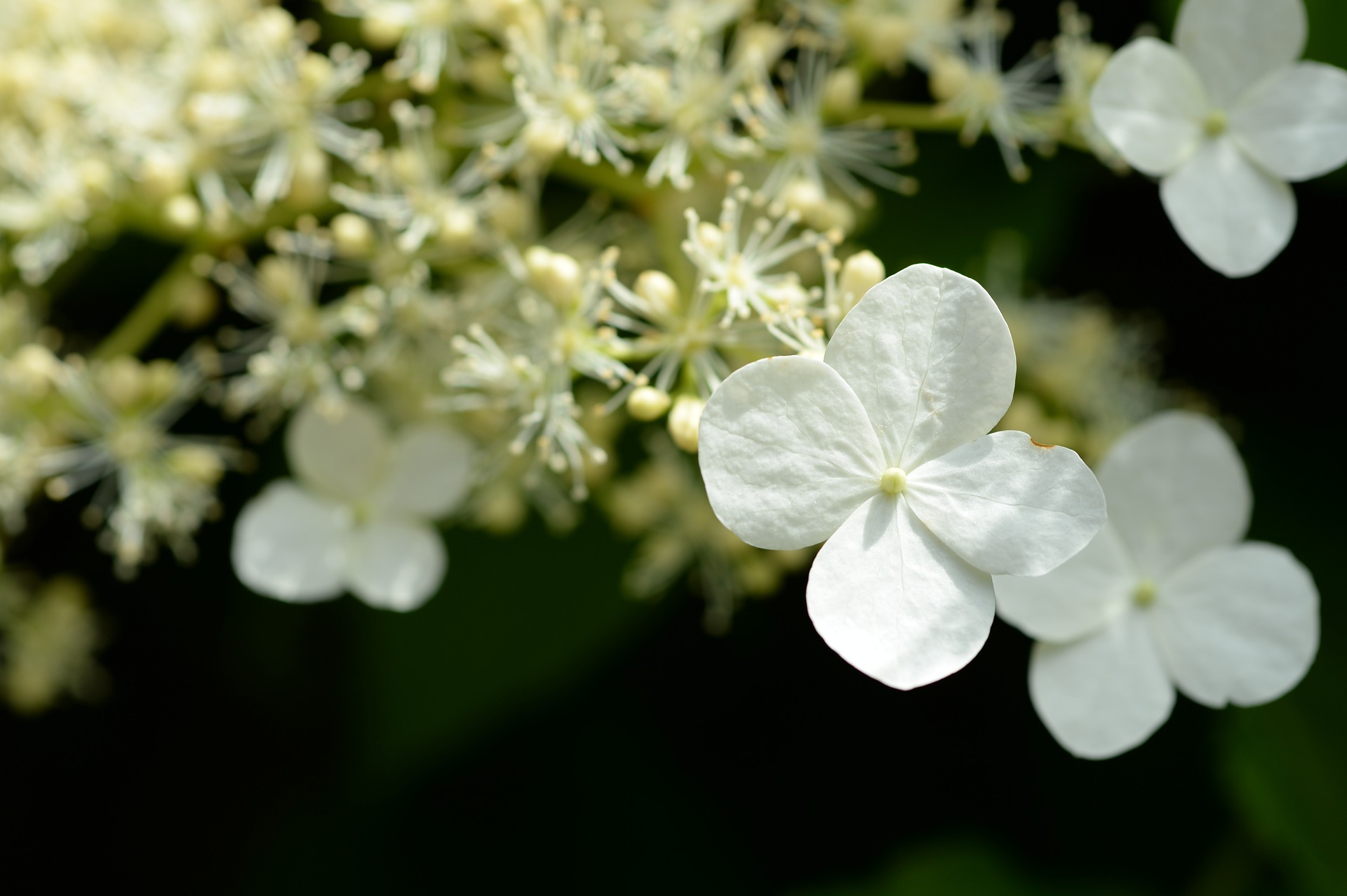
4. Holey-Moly Foliage. Fruit worms and slugs munch holes through hydrangea leaves. Lift up a holey leave. If you find what looks like a caterpillar, that’s a fruit worm! Get rid of them with soapy water. If nothing’s there, it’s likely slugs. You can hand pick them at night — or give them a night cap. Bury a plastic cup near the hydrangea, so the rim is level with the soil. Then, fill the cup halfway with beer.
5. Blooms Be Gone. No flowers on your hydrangea? You likely pruned your hydrangea at the wrong time — and cut off all its new blooms. Skip the pruning this year, and check out our tips for pruning hydrangeas so you never prune hydrangeas at the wrong time again.
6. Purple Pout. If your leaves have purple spots, remove the affected leaves and branches. If the entire leaf is purple, your soil may not have enough phosphorous. Perform a soil test and amend as needed.
Abracadabra! Your hydrangea problems will be gone soon. Then, you can focus on all the best parts of growing hydrangeas — like admiring those big, fluffy flowers!
Find the right hydrangea for you by choosing one that loves sun, blooms all summer or is perfect for beginners.

